


It felt like I loaded an old, unfinished save file. Aside from not needing to blow into a Super Nintendo cartridge, my approach didn't change. The Legend of Zelda: A Link Between Worlds draws on nostalgia and memory up until you arrive at the first dungeon.
I start in front Link's house in the open landscape and wander north-east to the dried fields surrounding the next dungeon. At first glance the map looks similar to its Super Nintendo parent, but the layout changed to accommodate Link's new merging ability.
The merge ability lets Link transform into a moving painting on any vertical surface. When Link enters his flat form, you can cross gaps adjacent to walls. One room of the dungeon places elevated, square platforms in each corner. From one of the normally unreachable platforms, I merge with the wall and walk over to a window blocked by steel bars I can now slip through. On the other side of the window I find a chest encasing a Silver Rupee worth 100 on its own.
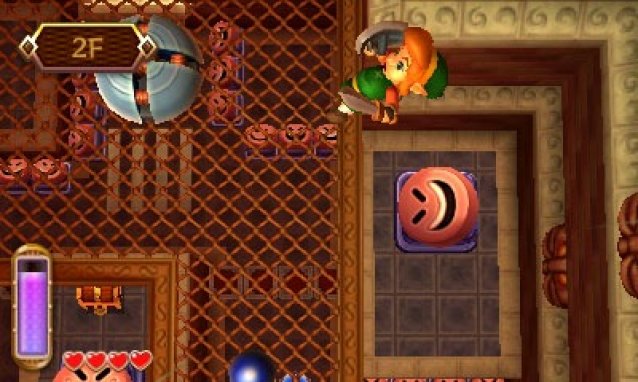
You can merge with almost any surface, but at the cost of a recharging meter. All actions and items depend on this meter rather than individual resources. When I shoot my bow, arrows consume the meter rather than arrows found separately in tall grass, clay pots or nearby shops. Little changes to the combat and item usage modernizes a game that draws so much from its Super Nintendo counterpart.
The open fields feel almost identical to A Link to a Past, but the dungeon opted for verticality and platforming not normally found in previous Zelda titles. The dungeon's layout sends players to highest and lowest points in almost an instant. Around the dungeon, blocks circle and climb along paths similar to that of an elevator. Instead of jumping onto the block itself, I merge with the elevator-block's surface, which then carries me to higher ground. All in a single motion, I need to merge with walls, shimmy around to the other side, ride an elevator, dodge protected enemies and then run along a small platform.

The narrow yet tall dungeon demanded as much brain power as physical skill to effectively navigate. Multiple floors situated directly above each other connect via a platform that slowly rises from the center to the floors above. On each floor you smash spongy blocks with your hammer and then rocket into the sky once it regains its solid form. Again using the hammer, I destroy cracked parts of the floor to reach lower levels. I eventually found an unvisited platform and it soon became an acrobatic act of falling, flying and falling until I land on the final platform.
Upon reaching the caterpillar boss with a vulnerable balled tailed, the demo ends and prompts a "thank you" screen. Similar The Legend of Zelda: Skyward Sword and its changes to running mechanics and item creation, A Link Between World takes the what we remember from A Link to the Past and modifies systems to let players focus on the puzzle platforming. Whether or notA link Between Worlds can notch a place our memory identical to A Link to the Past, requires either time travel or patience for the November 22nd launch.


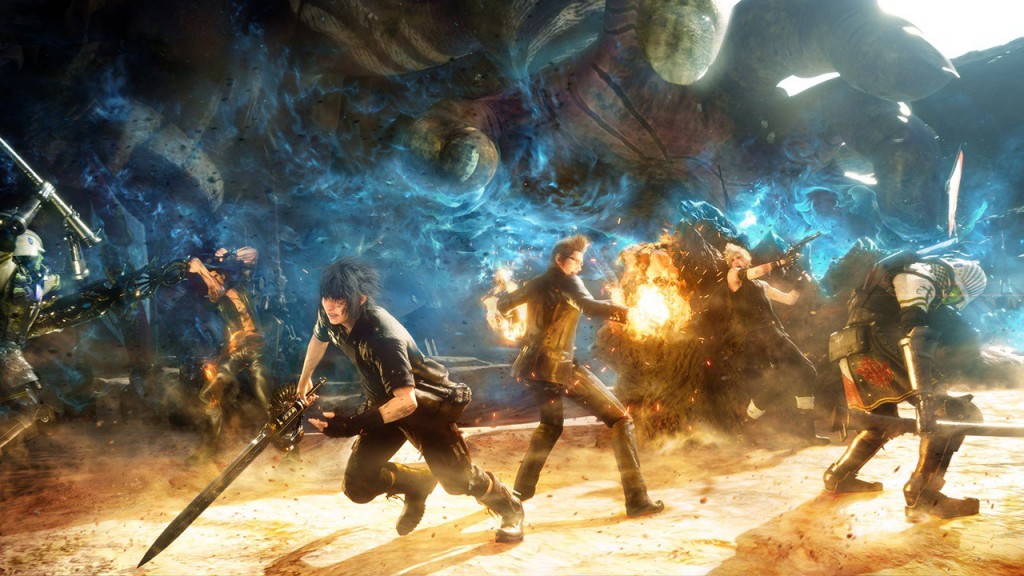
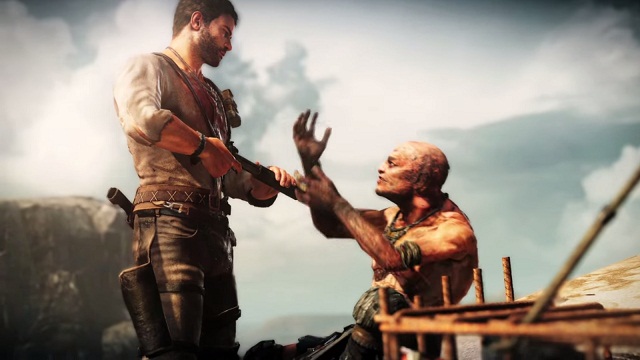
 PS4: Play Videos / Music from USB device or DLNA connection
PS4: Play Videos / Music from USB device or DLNA connection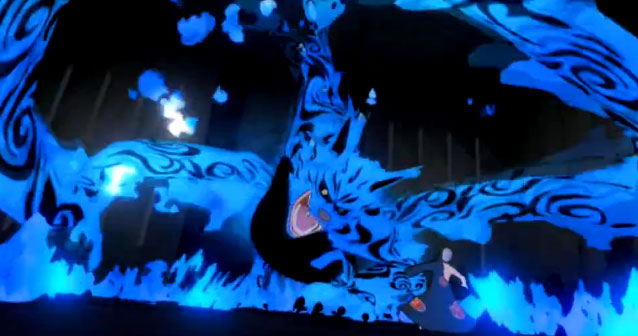 Naruto Storm 3 New Ultimate Jutsus Video Guide
Naruto Storm 3 New Ultimate Jutsus Video Guide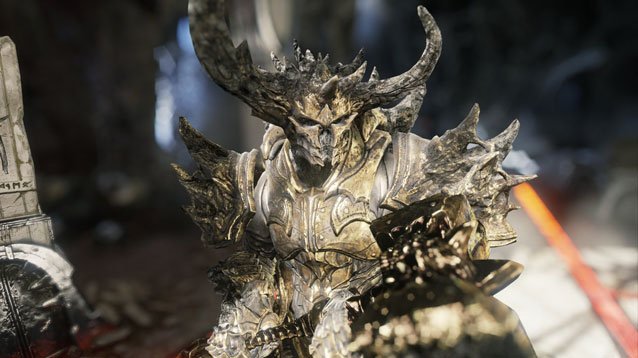 Why the PS4 and Xbox 720 Will Avoid the Graphical Growing Pains of the Current Gen
Why the PS4 and Xbox 720 Will Avoid the Graphical Growing Pains of the Current Gen How to get experience, gold and items fast in Diablo 3: Reaper of Souls Ultimate Evil Edition
How to get experience, gold and items fast in Diablo 3: Reaper of Souls Ultimate Evil Edition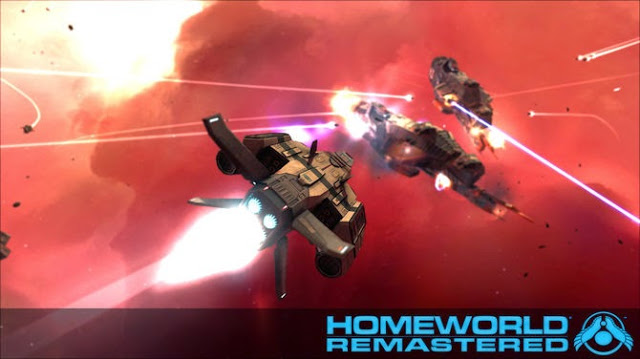 Homeworld Remastered Collection (PC) beginners guide
Homeworld Remastered Collection (PC) beginners guide